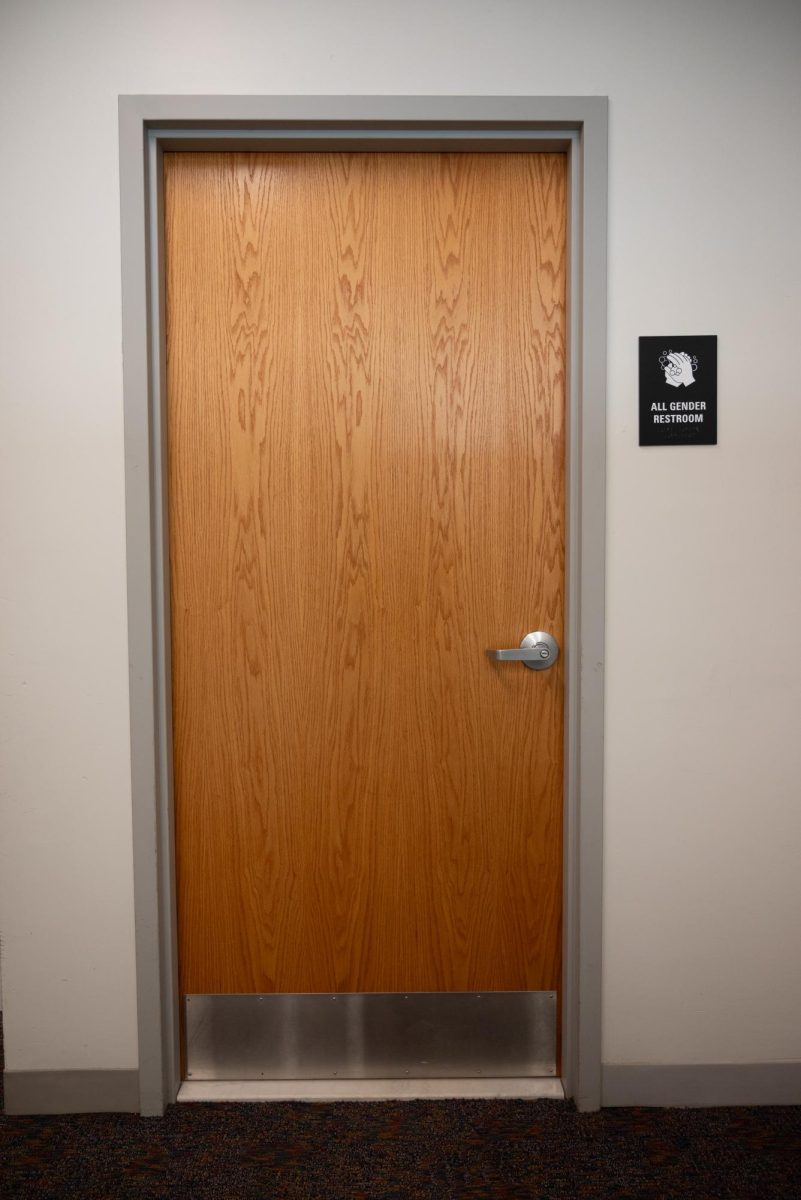On Friday, June 1, Kelsey Rennebohm (age 28) was killed on Huntington Avenue in a bike accident involving an MBTA bus and vehicular traffic. While the details are still being investigated, there is one fact that will not change: Huntington Avenue is one of the city’s most dangerous sections of roadway – for bicyclists, pedestrians and vehicles. Designed in the 1990s, the roadway offers little-to-no protection to the high volume of pedestrians and cyclists that share it. How many more tragedies will we endure before taking action and fixing this threatening situation?
The death of bicyclist and BC student Kelsey Rennebohm has brought to the surface again a serious problem that has persisted for years on Huntington Avenue and throughout the city.
Further down the street in 2010, Eric Michael Hunt (age 22) was killed in an accident with an MBTA bus. In 2007, bicyclist Gordon Riker (age 22) was killed in a car collision at the exact same intersection as Kelsey. Gordon was hit by a taxi and thrown under a truck, dying instantly. According to his friend Kelly Wallace (age 24), Gordon wore his helmet and was a safe rider, encouraging Kelly be protective as well. But less than a month after, Kelly was also hit and killed by a car in Allston.
The danger of the current design is very significant. In a nine-month period (November 2009 through July 2010), over 15 bicycle accidents were reported through EMS response on Huntington Avenue only. Throughout the city, the EMS reported nearly 900 bike accidents in this nine-month period. Thousands of bike/pedestrian/vehicle accidents occur around the city each year – not to mention the undocumented number of minor accidents and “near-misses.”
It would be morally and ethically irresponsible of us, as citizens of the City of Boston, to continue to not take action. We cannot and must not let Gordon, Eric, and now Kelsey die in vain. The time has come to bring the community together and establish a comprehensive, short- and long-term plan to improve the transportation safety in our communities and reduce the risk of future injuries and fatalities – starting at Huntington Avenue.
City officials have responded to calls for improved bike facilities with new bike lanes around the city, most recently on major thoroughfares such as Massachusetts Avenue. This is certainly a push in the right direction. But are bike lanes the best and most safe option, or are they merely the cheapest ‘fixes’?
Some options for Huntington Avenue include (but are not limited to):
- Bike lanes: thin biking strips along/inside car travel lanes on the right side of the roadway
- Shared-lane arrows (‘Sharrows’): where bikes have access to the entire right-hand lane
- Protected bike lanes: paths separated from vehicle travel lanes and sidewalks
- Traffic calming measures at intersections (where one third of accidents occur): reduced lane widths, curb bulb-outs, raised intersections, reduced speeds, etc.
With the recent installation of the Hubway Bike Share program, the city is now host to hundreds of new bikers. Many of the bike-share users are tourists without knowledge of the routes and bike safety measures. Consider for example that an average of only 20 percent of bike share users wear helmets, compared to over 50% of other riders. In a world where one third of bike injuries and three quarters of deaths are from head injuries, this puts not only cyclists but also drivers and pedestrians at even greater undue risk.
While most of the Hubway bike share stations are strategically placed in areas with defined bike-routes and paths, many are not. Less than a mile up Huntington from Kelsey’s accident (Brigham Circle) is a Hubway station where there is no bike infrastructure of any sort, which is only further promoting unsafe travel conditions for everyone in the area (the road in fact gets arguably more dangerous here than at any other point, as the E train becomes a streetcar).
The Menino administration touts a more than doubling in ridership over the past several years. In NYC and Minneapolis, the “Safety in Numbers” theory has shown to be true – but would not be possible without the dedicated efforts to improve and expand infrastructure and safety measures. In 2006, 61 pedestrians and six bikers were killed across the state. In 2008, this figure jumped to 75 pedestrians and 10 bicyclists. In 2009, Boston was the 10th most popular bike-commuter city in the US, despite being only the 20th largest by population. As the number of cyclists continues to grow with the installation of 600+ Hubway bikes in 2011, safe and low-stress infrastructure must precede further growth in riders.
With proper community input and analysis of accident reports, the city can identify dangerous areas and work to prevent future tragedies. By continuing to partner with local bicycle and pedestrian organizations such as the Boston Cyclists Union, MassBike, Liveable Streets, and building upon the community input that the administration has begun to seek, we can drastically improve our cities transportation infrastructure and to prevent more devastation from dangerous streets.
To give feedback or get involved, please contact:
Daniel Sullivan
Northeastern University BS Civil Engineering 2011









